—story and photo by Matt Milkovich
—photo by TJ Mullinax
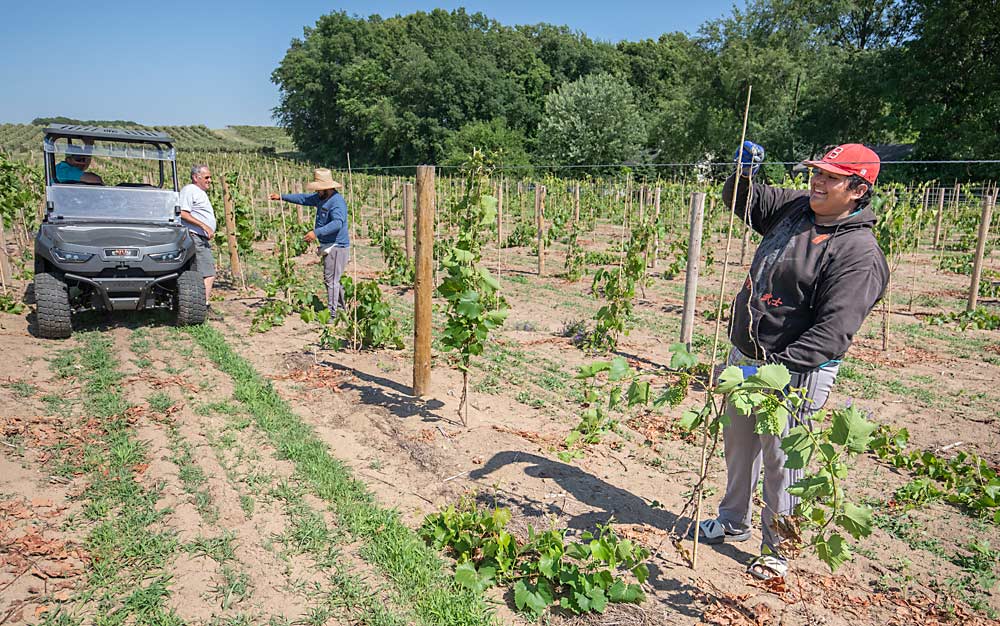
A few decades ago, a wave of mechanization rolled through the Michigan grape industry, when juice-grape growers and larger wine-grape growers started adopting new harvest and other technologies.
Once that initial wave ran its course, however, the industry stopped prioritizing further technological adoption. But with the growing shortage of workers, rising costs and ubiquity of labor-saving technologies, Michigan State University Extension viticulture specialist Mike Reinke thinks the Michigan grape industry is primed for another wave of mechanization.
Meanwhile, some larger vineyard operations have responded to labor shortages by hiring H-2A workers. While the federal guest-worker program can provide a reliable pool of skilled labor, its wage rates are skyrocketing.
Reinke sees more hope for labor savings in precision canopy management and autonomous technologies. These new technologies are moving out of the experimental phase in other fruit crops and now have more agronomic tools to support them. It’s an ideal opportunity for Michigan vineyards to “skip a generation or two” of technology adoption, he said.
And with newer mechanical harvesters being gentler than older models were on grapes, many wine grape regions around the world are abandoning the “romantic notion” that wine varietals must be harvested by hand. Michigan growers need to consider taking the same step, Reinke said.
In Southwest Michigan, where the majority of the state’s 10,000 acres of juice grapes and 3,500 acres of wine grapes are grown, vineyardists had access to a stable, local workforce for decades. But that labor pool is shrinking.
The industry is at a “breaking point” now, with some growers turning to H-2A and others turning to mechanization, grower Chris Oxley said.
The Oxley family grows 550 acres of juice grapes and 150 acres of wine grapes, all machine harvested. They were part of the initial wave of mechanization in Michigan vineyards. They still hire local workers, but to save on labor they plant only wine grape varieties they know can be machine harvested. They’ve also designed and built their own tractor-mounted pruning machines, Oxley said.
For Dan Nitz, who grows 350 acres of wine grapes in Southwest Michigan, labor and other input costs keep going up and grape prices aren’t keeping pace. Mechanization and growing grapes at scale help keep his costs down, he said.
Nitz still hires up to 60 workers per year through a labor contractor. They machine harvest most of his grapes, but they hand pick some for wineries that prefer it. Leaf pulling, vine tucking and hedging is done mechanically. Thinning is done by hand.
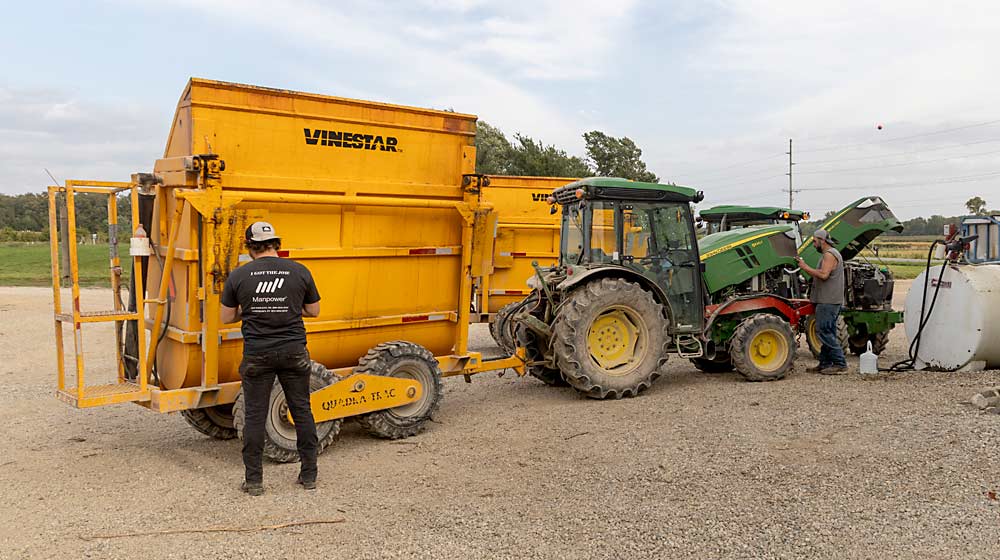
Northwest Michigan vineyardists also are using mechanization to economize on labor. Shady Lane Cellars in Suttons Bay uses a mix of mechanical and hand labor for canopy management. Machines do the bulk of the hedging and pruning, with workers making the finishing touches by hand, said vineyard manager Andy Fles.
The 65-acre estate vineyard still has a reliable base of local workers who harvest all the grapes by hand. The workers are getting older, however, and if they can’t be replaced, Fles would consider machine harvesting certain varieties.
“But we’re not there yet,” he said.
Farther east, on Old Mission Peninsula, Jen and Ben Bramer use a combination of mechanization and H-2A workers to manage about 350 acres of wine grapes for about 35 vineyards.
When the local workforce started drying up more than a decade ago, the Bramers built and bought machinery to make up for the shortfall.
“We mechanized as much as we can, short of buying a harvester, but that’s coming soon,” Jen said.
Most of their winery customers, feeling their own financial strains, are now willing to accept mechanically harvested grapes, she said.
The Bramers started hiring H-2A workers in 2018, which “totally changed our business,” Jen said. “We have labor now that will stay the whole season.”
But H-2A is a “double-edged sword,” she said.
“H-2A has doubled our labor costs,” Jen said. “I’m not saying the workers aren’t worth the wage, but the increases are not sustainable.” •

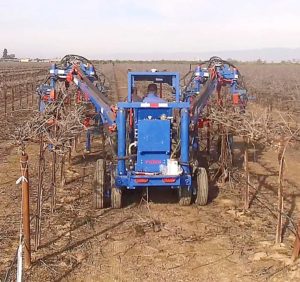
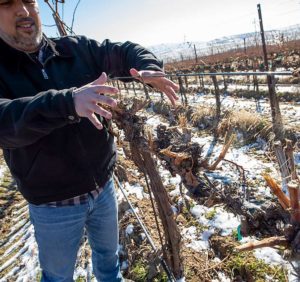
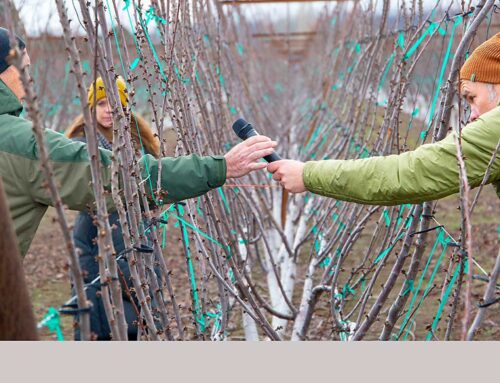
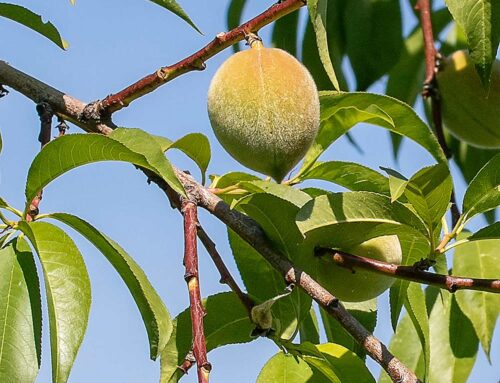
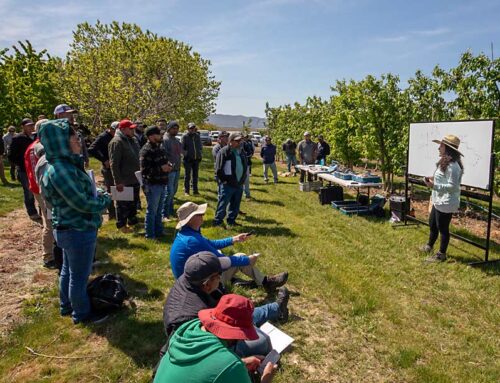
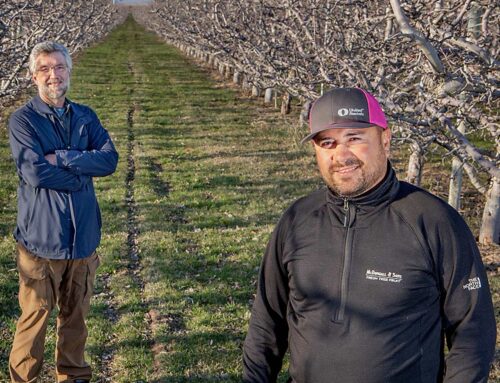

Leave A Comment